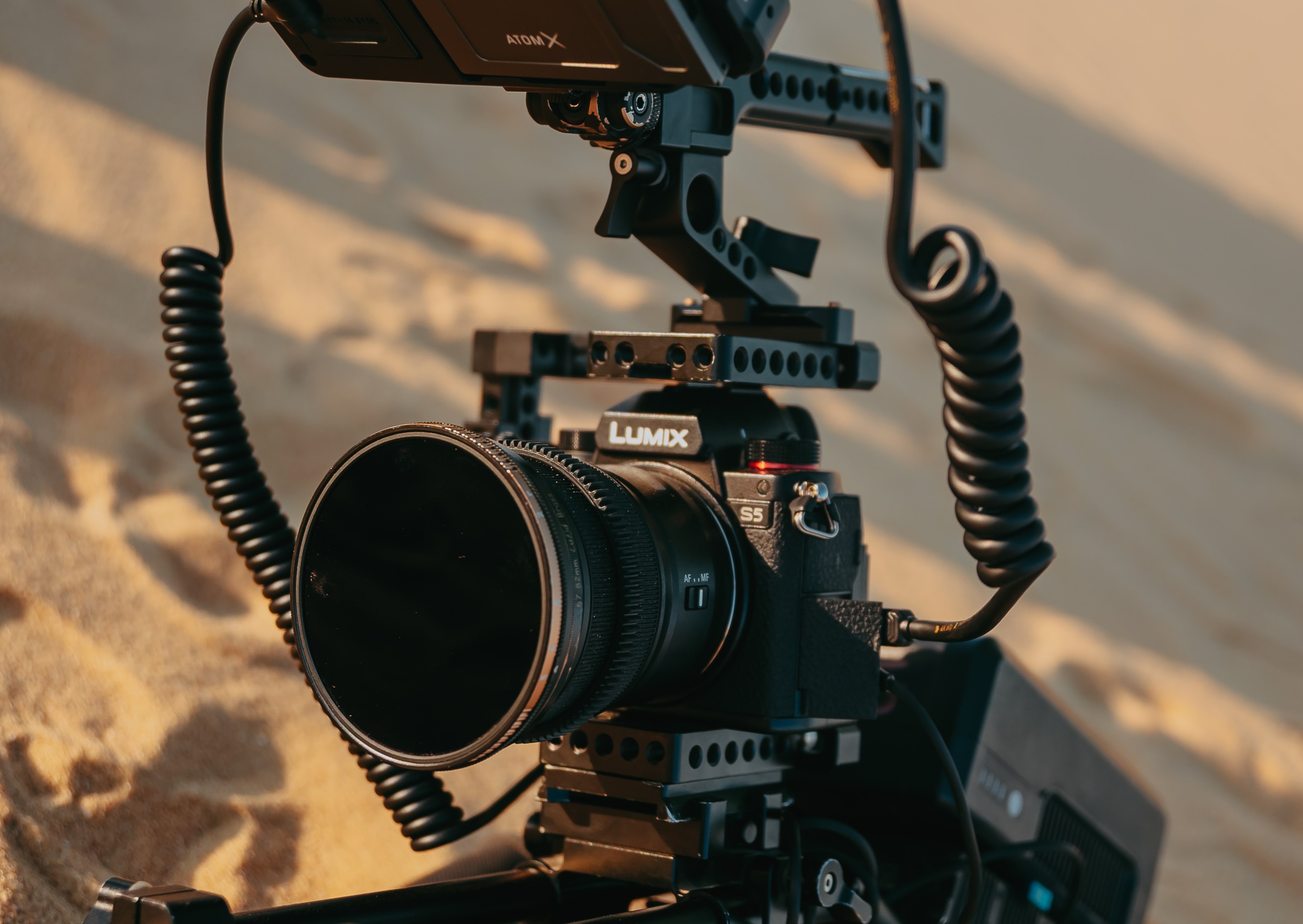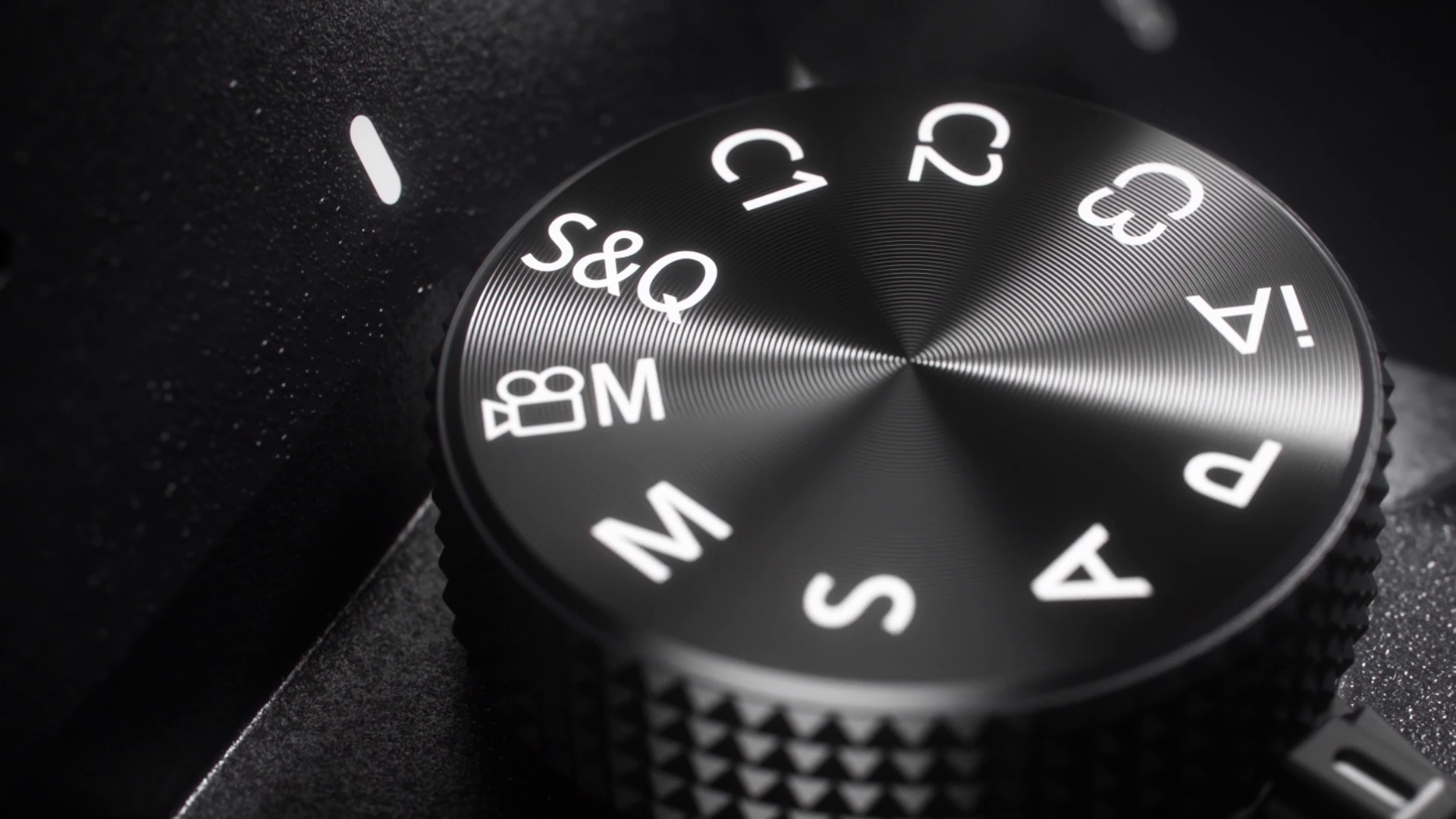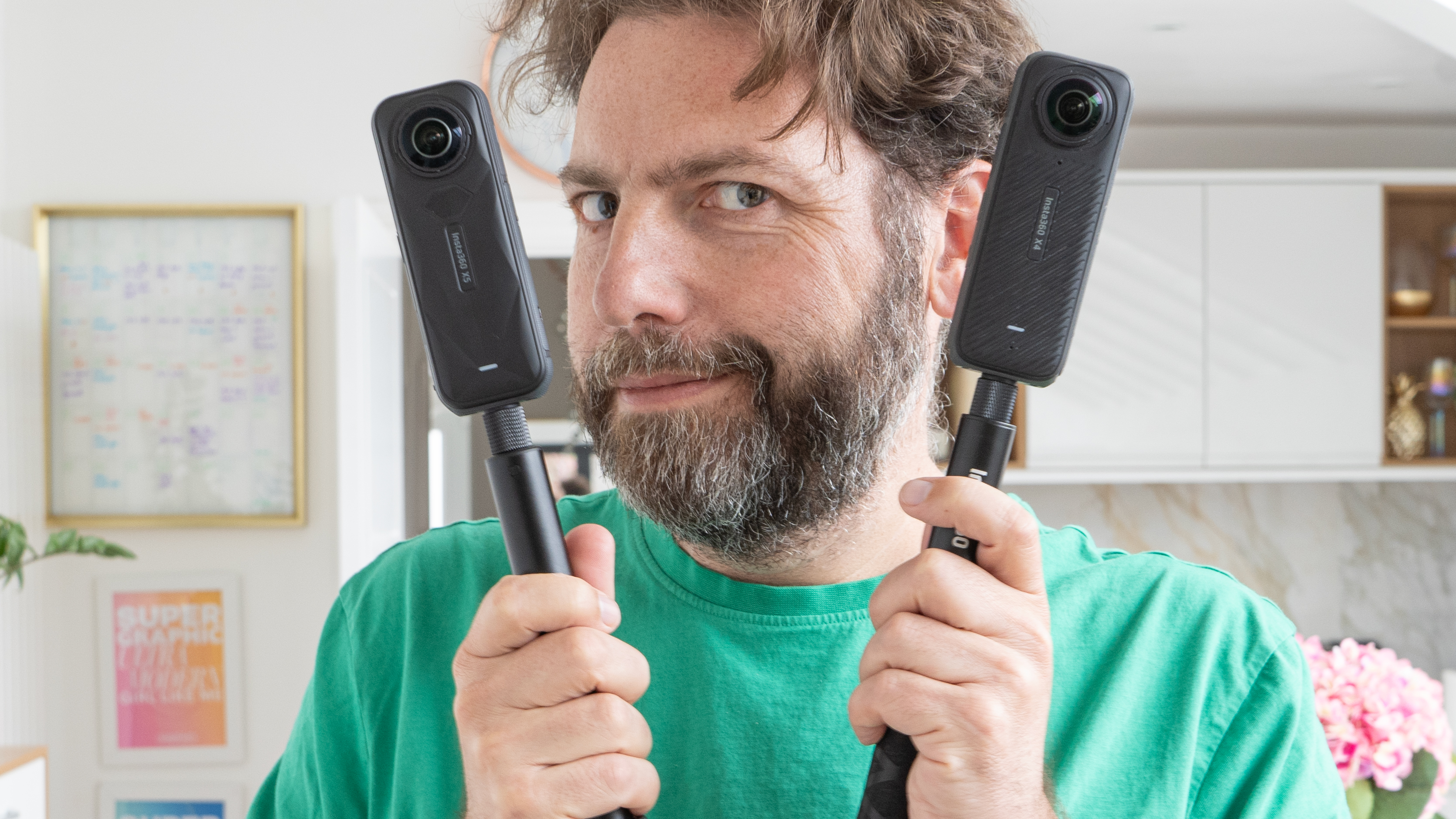5 reasons why unlimited video recording is important

There are plenty of things you need to justifiably worry about when it comes to shooting video. Choosing the right format. Selecting the best lens. Getting the lighting perfect. Sorting out the sound levels.
However, something that definitely shouldn't justify the need to worry about is a video recording limit – a common and artificial limitation still possessed by many camera bodies.
Recording limits are both a technical holdover, from the early days when video was introduced to DSLRs, as well as a legislative one, as the European Union levied an additional 5-12% duty on any video camera – and it was deemed that any camera that could record over 30 minutes of video fell into that category.
Thus, many cameras still feature a recording limit of 29 minutes and 30 seconds. And while this may not seem like much of a problem on paper, it very much is – which is why cameras like the Panasonic S5, which boasts unlimited recording times, are such a godsend.
Here are five reasons why unlimited video recording is so important…
1) You won't miss a moment
The most obvious drawback of a 30-minute recording limit is just that: it's 30 minutes. And if you're a videographer, you know that's simply not going to be enough to cover any number of events.
Perhaps you're filming a wedding. Shooting a sporting event. Conducting an interview. Getting coverage from a second angle. Whatever it is, 30 minutes is many times simply not enough to get what you need – and you can't exactly ask the bride and groom to wait a minute to make sure you don't miss a moment… or, worse, not even notice that the camera has stopped recording!
Traditionally you'd have to purchase a dedicated camcorder or cinema camera to exceed the 30-minute limit, but Panasonic has led the industry by introducing it as standard in bodies like the S5.
2) Your camera won't overheat
As noted, recording limits are also technical limitations. When the ability to record video was first introduced to DSLRs, the cameras had real problems with overheating – because DSLR bodies, processors and sensors just weren't designed to handle the amount of heat generated by video capture.
Even many modern mirrorless cameras are still hampered by recording limits for the very same reason. It has been well documented that cameras from even the very big brands suffer from overheating problems, which not only prevent you from recording video – they force the camera to shut down completely, otherwise it is at risk of being damaged.
With cameras like the Panasonic S5, though, the entire system has been tailor made to dissipate the heat and pack enough horsepower to handle the demands of continuous video shooting.

3) Doesn't break up your files…
Not only is being stuck recording 30-minute clips inhibiting, it's also horrible for your workflow. Every time your video hits the 30-minute mark, the camera stops recording and you have to start a new one.
Which means, by the end of a full day of shooting, your footage is going to be broken up into dozens of separate files. Not only is this a nightmare to navigate while you're working, it can be a real hassle to transfer files without losing track of where you got up to. And if you or your editor need to quickly find and isolate a key moment, good luck randomly opening and closing files!
By contrast, if you're filming a football game, you don't need to worry about randomly clicking files to see where something is – you can just scrub through the whole thing and find your highlight moment quickly and easily.
4) … which reduces your editing woes
Ending up with dozens of separate 30-minute files can wreak havoc on your post processing, as well.
One of the beauties of capturing video on cameras such as the Panasonic S5 is the ability to record in specific profiles, with just the right codecs and settings to make sure your footage is both suited for the point of capture while being appropriate for editing and grading afterwards.
However, there is nothing worse than having so many individual files to drag into a timeline that you unwittingly forget one – and then, having masterfully graded your footage to perfection, realizing that you need to go back and re-output the whole thing and try to emulate all the fine-tuning you did!
5) Capture as much slow-motion as you need
If you work with a lot of slow-motion, the ability to record unlimited video could be a make or break factor for you. Whether shooting slow-mo for A or B-roll, it will gobble up record limits in no time at all.
It could be that you're documenting wildlife like hummingbirds or insects, or shooting sport for time-stretching replays. Whatever your purpose, capturing single shots so that you don't miss a moment can be vital.
Remember that a 30-minute recording limit is hugely reduced when shooting in slow-mo. The Panasonic S5, for example, can shoot at up to 180 frames per second, which is 7.5x slow-motion – which means that it records footage 7.5x faster.
So 30 minutes of recording at 180fps means that you will only capture 4 minutes of footage upon playback. Definitely something to bear in mind!

Get the Digital Camera World Newsletter
The best camera deals, reviews, product advice, and unmissable photography news, direct to your inbox!
Digital Camera World is one of the leading authorities on camera and photography news, reviews, techniques, tutorials, comparisons, deals and industry analysis. The site doesn't just specialize in cameras, but all aspects of photography, videography and imaging – including camera phones, gimbals, lenses, lighting, editing software, filters, tripods, laptops, printers, photo books, desks, binoculars and more.
Whether you're using, looking to buy or trying to get the most out of a compact camera, action camera, camera drone, cinema camera, beginner camera or professional camera, Digital Camera World has a roster of experts with combined experience of over 100 years when it comes to cameras, photography and imaging.

